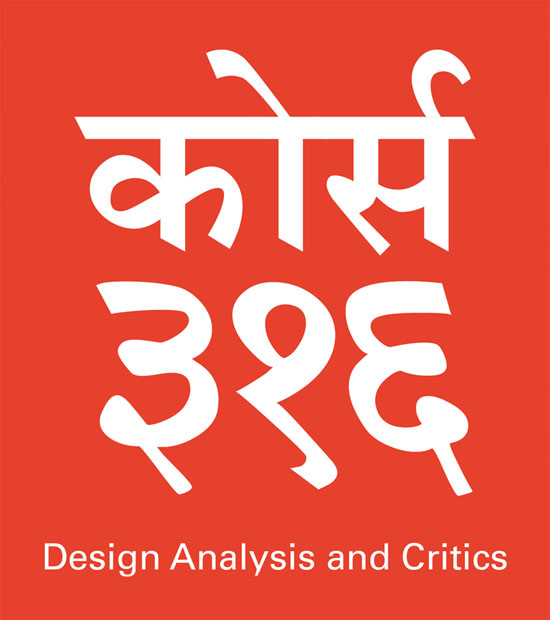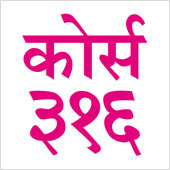The material and practical nature of the world makes us vertical rather than lateral thinkers. Therefore, assignments in Basic Graphic Design-1 are compartmentalized into right and wrong by vertical thinkers and if a functional reason is not found to act upon, then they are labeled as irrational. In such cases, it becomes critical for the instructor to design courses, which can address audiences comfortable to think with both the hemispheres (left & right), instead of creating dominance of one kind of thinking over the other.
Metaphors-2 and Analogies-3 are excellent ways to understand concepts which need to be experienced. The course Visual order provides insights to the rationality that exists in the sensitive issues related to Graphic Design (Rane, 2005)4.
Instead of simply allowing oneself to comprehend these issues as in the course Visual Order, the present chapter will focus on task of a more pragmatic nature. It attempts to enable a student to practically do things on his own. Here the aim is to work on solutions and analyze them with a solid foundation of elements and principles of design. The primary objective is to enable students' understanding towards analyzing as well as performing the role of a critique, specifically, for communication design solutions related to type and images. Attempt is to prepare the students to judge design solutions with concrete answers, releasing them from the notions of likes and dislikes.
1. Basic Graphic Design:
It includes teaching of elements and principles of Design. These courses are exploratory in nature and the objective is of learning by doing/ experiencing.
2. Metaphor:
A metaphor is a figure of speech in which a word or phrase is substituted for a dissimilar subject to suggest a likeness or link between them. The original word or phrase then takes on qualities of the linked subject, increasing understanding.
3. Analogy:
Analogy is the term for a description derived from a process of reasoning from parallel or similar cases explaining what unlike things share in common.
4. Rane, 2005:
Visible Language, 39.2 Rationalizing Design Sensitivity, Special issue, Rane 2005, 147-167.
http://www.mrane.com/visualorder.php


